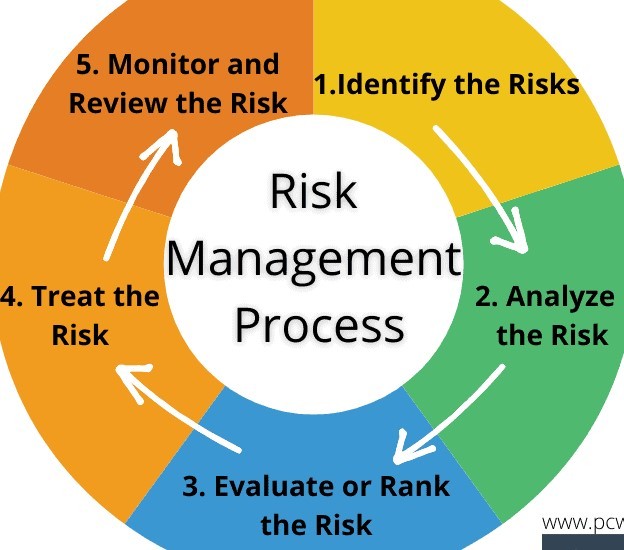Addressing the Hidden Risks: The Importance of Risk Management in Technology
Addressing the Hidden Risks: The Importance of Risk Management in Technology
Blog Article
The Significance of Recognizing the Relevance of Risk Management in Various Industries

The Core Idea of Risk Management and Its Objective
Risk Management, the keystone of many industries, hinges on the recognition, assessment, and mitigation of unpredictabilities in a business environment. It is an essential method that permits organizations to guard their properties, credibility, and general survival. By correctly recognizing prospective dangers, companies can establish approaches to either avoid these dangers from happening or lessen their effect. The examination process includes examining the chance and possible severity of these dangers. The mitigation process entails creating methods to lower their prospective influence when risks have actually been recognized and evaluated. This process is continuous and cyclical, guaranteeing that companies are prepared for the ever-changing nature of Risk in different sectors. The primary function, hence, is to foster durability in the middle of unpredictabilities.
Advantages of Carrying Out Risk Management in Organization Operations

Unveiling the Function of Risk Management in Different Industries
While every sector confronts its one-of-a-kind set of risks, the execution of Risk Management approaches stays a typical in their quest of sustainability and growth. In the medical care sector, Risk Management involves making sure patient security and information protection, while in money, it entails mitigating investment dangers and guaranteeing regulatory conformity. Ultimately, the role of Risk Management throughout sectors is to recognize, evaluate, and reduce risks.
Real-life Study Demonstrating Effective Risk Management
To understand the value of Risk Management in these lots of sectors, one can look to a number of real-life circumstances that highlight page the successful application of these actions. Toyota, upload the 2011 quake in Japan, revised its supply chain Management to minimize disturbance risks. These cases show just how industries, finding out from crises, successfully used Risk Management approaches to lower future dangers.
Future Patterns and Growths in Risk Management Approaches
Cybersecurity, as soon as an outer worry, has catapulted to the center of Risk Management, with methods concentrating on feedback, prevention, and discovery. The integration of ESG (Environmental, Social, Governance) factors into Risk Management is an additional expanding fad, showing the increasing acknowledgment of the role that look these up environmental and social threats play in company sustainability. Thus, the future of Risk Management lies in the combination of innovative innovation, cutting-edge methods, and an all natural strategy.
Final thought
In verdict, recognizing the value of Risk Management throughout a range of markets is important for their long life and prosperity. Inevitably, successful Risk Management adds to a lot more resilient and lasting companies, highlighting the significance of this technique in today's highly affordable and dynamic company setting.
While every sector challenges its unique set of dangers, the execution of Risk Management methods remains a common in their search of sustainability and development. In the healthcare industry, Risk Management entails ensuring individual safety and data defense, while in finance, it involves mitigating financial investment risks and making certain regulative compliance. Eventually, the role of Risk Management throughout markets is to recognize, analyze, and alleviate dangers. These instances demonstrate how sectors, discovering from situations, successfully applied Risk Management strategies to lower future dangers.

Report this page